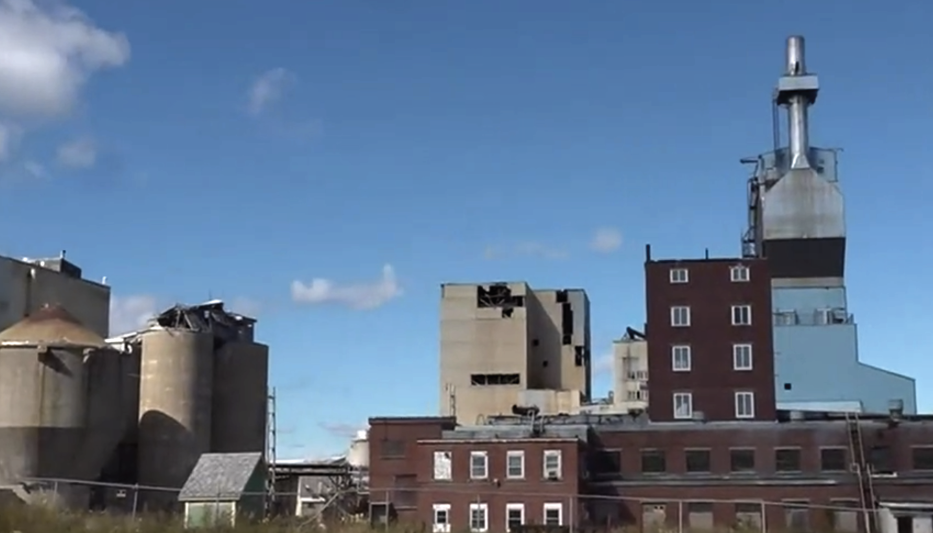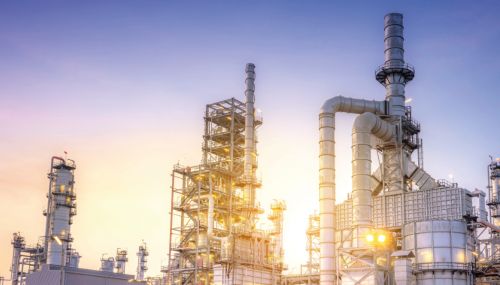All
Our Cleaner, Safer Fuels Also Support America’s Grids
by Sean Cota, NEFI & Tom Tubman, AEC

While utilities on the West Coast are burning down forests, our industry is revitalizing the Northeast’s forest economy and preventing electricity peaking in the process
Last month, New York and other states across the country experienced some very bizarre weather conditions. Though the sun was shining, you could hardly tell because the skies were so hazy. It’s almost hard to fathom, but that haze New Yorkers saw overhead was actually smoke from the massive forest fires on the West Coast, which we now know were most likely caused by electric utility equipment.
That’s right. The electric utilities sparked a forest fire so big that the smoke from it traveled across the entire country!
Even before this disaster, the utilities’ track record on the West Coast was far from clean. Just last year, PG&E pled guilty to starting a forest fire in 2018 that burned down 10,000 homes and killed 84 people. And who can forget the Aliso Canyon gas leak of 2015-16, which released some 100,000 tons of methane over a four-month period.
Nevertheless, the notion that we would be able to actually see and physically point to the effects of a West Coast disaster on the East Coast is almost unbelievable, like something out of a movie. Except that it wasn’t — it really happened, and the fires are still burning out west.
Meanwhile, in the Northeast, the liquid heating fuel industry is positioned to help revitalize the region’s struggling forest economy, and not by cutting down more trees or burning wood. Instead, we’re using forest waste products — think trimmings and sawdust — to create a renewable liquid heating fuel with net-negative carbon emissions.
On July 29, NEFI member Biofine Developments Northeast (BDNE) announced an agreement with the town of Lincoln, Maine to establish a new, industrial scale biorefinery at a former mill site located in the town. The plant will convert forest waste into a cellulosic biofuel called ethyl levulinate (EL), which can be used as an affordable replacement for heating oil or blended into it alongside other renewable liquid fuels.
BDNE estimates that its Lincoln biorefinery will create about 200 full-time jobs, with the potential for approximately 2,000 over time. The EL produced in Lincoln will reduce Maine’s greenhouse gas emissions by 40,000 metric tons (mt) per year, which equals the amount of carbon captured by 49,000 acres of forest. Long-term, BDNE sees the potential for 4 million mt of annual reductions, which amounts to 40 percent of the state’s climate-action benchmark for 2030.
EL has been successfully tested by the National Oilheat Research Alliance over the past decade and is now one major step closer to wide-scale commercialization at a price point that’s expected to be similar to, if not lower than, ultra-low sulfur heating oil. That’s great news not only for our industry, but also for the nation’s power grid.
By heating their homes with EL rather than electric heat pumps, ratepayers won’t have to worry about electricity shortages or price spikes resulting from cold-weather demand peaks. Likewise, power plants will be able to avoid peaking and will still be able to use renewable liquid heating fuel for power generation during the coldest conditions.
Additionally, increases in cellulosic biomass production could help the U.S. go greener faster. When you include liquid biofuels, biomass-based energy is already the country’s leading renewable, accounting for nearly 40 percent of U.S. renewable energy consumption (see “U.S. Consumed Record Amount of Renewable Energy in 2020” from last issue). About 61 percent of the nation’s wood is used for industrial purposes, 23 percent for residential and commercial, and 17 percent for electric power.
Normally, the waste byproducts of wood production would be exactly that – waste. Left unused, they rot away, releasing methane. But when those products are refined into EL, they help reduce net emissions. By providing a market for EL, the heating fuel industry would actually serve as a partner to electric power generators, helping them reduce lifecycle emissions as they convert to renewable energy sources such as biomass and hydropower.
This brings us back to the West Coast. California is currently in the midst of a historic drought, which has severely diminished the state’s water supply and taken hydroelectricity offline. Instead of hydropower, electrical plants are now running on natural gas, which is driving up the state’s emissions and energy costs.
EL can lower both and help prevent power plant peaking. That’s one more reason why we say renewable liquid heating fuels are our country’s best, fastest, most efficient, affordable and reliable solution for a net-zero future.
Sean Cota is the President and Chief Executive Officer of NEFI. He can be reached at sean.cota@nefi.com. Tom Tubman is the Executive Director of AEC. He can be reached at conn.tubman@cox.net.
Related Posts
 Care and Treatment of Biodiesel Blends
Care and Treatment of Biodiesel Blends
Posted on December 18, 2025
 EIA Winter Fuels Outlook
EIA Winter Fuels Outlook
Posted on December 18, 2025
 How to Set Your Business Apart with Renewable Propane
How to Set Your Business Apart with Renewable Propane
Posted on October 16, 2025
 EIA Report: Biodiesel and Renewable Diesel Imports Fall Sharply
EIA Report: Biodiesel and Renewable Diesel Imports Fall Sharply
Posted on October 16, 2025
Enter your email to receive important news and article updates.
